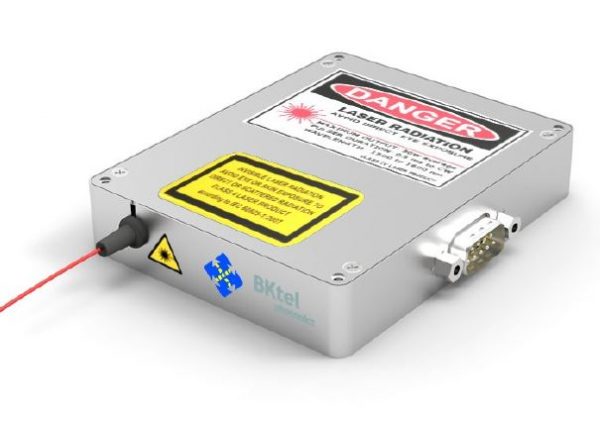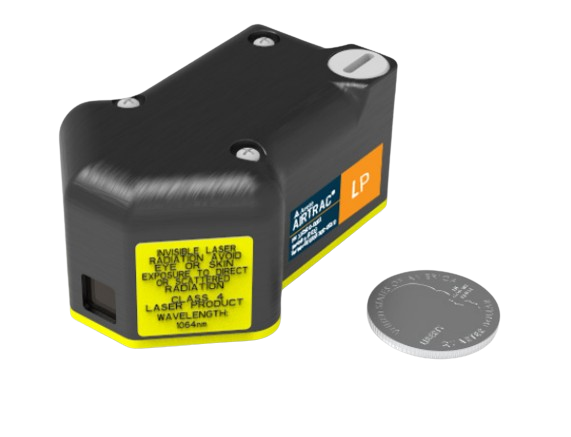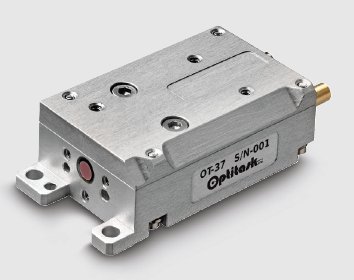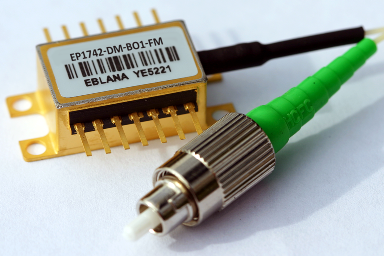RPMC Lasers Inc, the leading laser distributor in North America, will be showcasing our lasers and laser diodes specifically designed for military applications including LIDAR, laser designation, ranging finding, gas sensing, and our high-efficiency pump sources. We have over 1500 different laser diodes and solid-state lasers from technology leading manufacturers. Our goal is to provide high-quality technical advice with in-depth knowledge of the products we offer at an attractive value proposition, the best laser at a fair price.
LIDAR:
RPMC lasers offers a wide range of Picosecond and Nanosecond lasers, from passively q-switched microchip lasers to single frequency fiber laser, that are ideal for LIDAR applications. LIDAR, which is an acronym for light detection and ranging, is the optical analog to traditional radar (radio detection and ranging). Because optical frequencies are much larger than their radio
Laser Designation:
Laser designators have been commonly deployed by the military to allow ground forces and unmanned aerial vehicles to “paint a target” by illuminating them with a pulse-coded invisible laser, which can then be detected and locked onto by the weapon’s targeting system. Laser designation lasers require relatively high pulse energy, a programmable pulse repetition rate, low beam divergence, and high pointing accuracy. 
AIRTRAC: Full NATO STANAG 3733 compatible, in a very compact, light weight, and low power configuration. The laser provides a low divergence and >70mJ per pulse. The athermal design provides high laser pulse energy and low beam divergence in a full system weighing less than 1.5lbs.
Key Features:
- Compact athermal laser resonator
- Solid state technology for increased efficiency and long life performance
- High energy with low beam divergence
- No significant warm up time
- Reduced heat-load: conduction or air cooled
- Continuous operation
- Shock & vibration hardened
Range Finding:
Laser range finding is a term used to describe the process of determining the distance to a fixed object. This process is essentially a simplified version of laser radar, and therefore has many of the same requirements as lidar lasers.
Gas Sensing:
A large number of the molecules of interest for gas sensing have strong absorption in the near infrared region for example; O2 at 760 nm, NH2 at 1512 nm, H2O at 1392 nm & 1877 nm, CH4 at 1654 nm, and CO2 at 2004 nm. As a result, Eblana Photonics‘ proprietary 
RPMC Laser is the exclusive distributor for Eblana Photonics. Eblana‘s DM laser technology delivers distributed feedback (DFB) laser like performance at a lower price point geared toward higher volume applications. Their strained quantum well InP design provides stable, high performance, single wavelength operation and a wide current tuning range even at sub-mW laser powers.
For more information on any of these products, Please contact RPMC.

 SHIPS TODAY
SHIPS TODAY